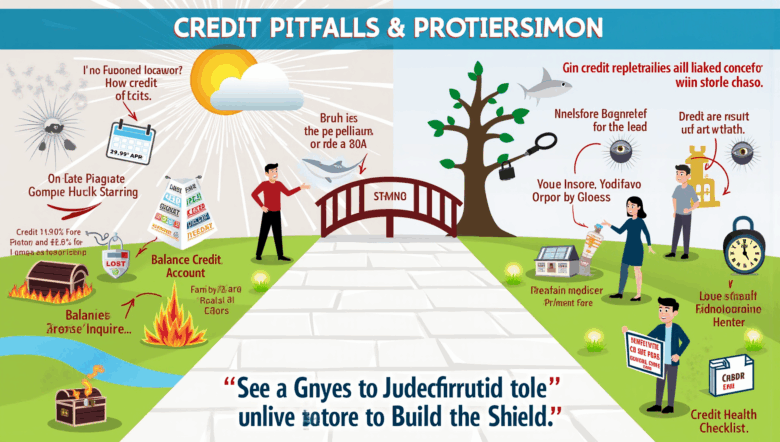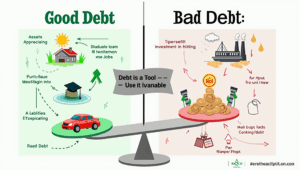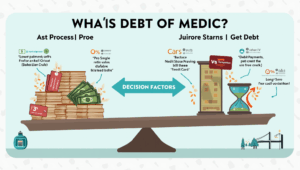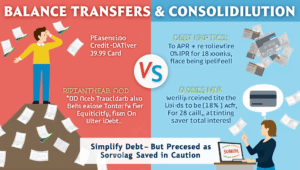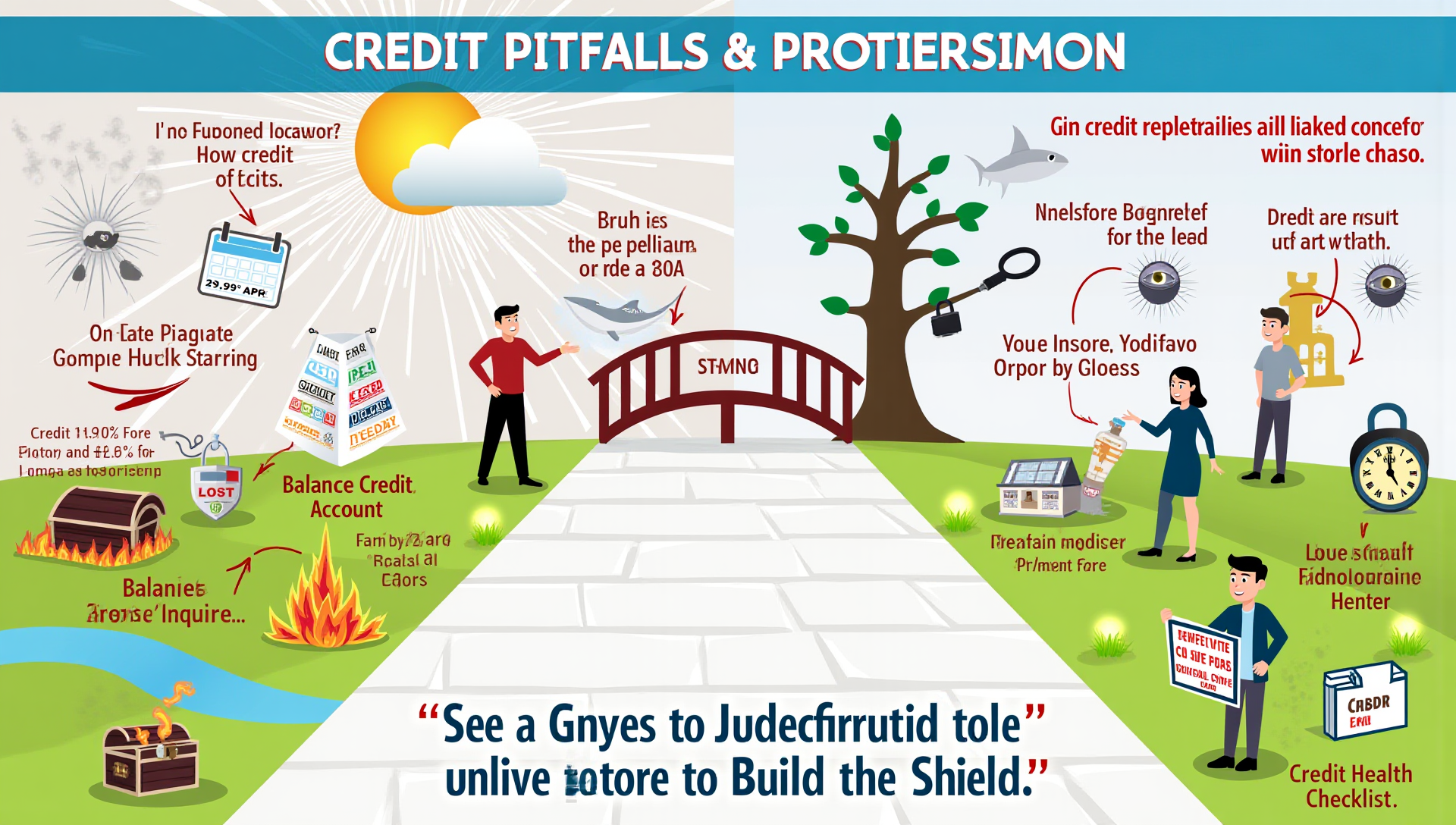 Avoiding Common Credit Pitfalls and Traps
Avoiding Common Credit Pitfalls and Traps
In an era where credit cards, buy-now-pay-later plans, and easy online financing options abound, managing credit responsibly has never been more important. While access to credit can help you build a solid financial foundation, missteps can lead to high interest charges, mounting debt, and long-term damage to your credit score. This article explores the most frequent credit pitfalls, explains why they’re so costly, and offers practical strategies to avoid them—empowering you to use credit as a tool rather than a trap.
Why Credit Management Matters Today
Credit is woven into nearly every aspect of modern life—from renting an apartment and buying a car to qualifying for a mortgage or landing a job. According to a 2024 survey by the Consumer Financial Protection Bureau, more than 60% of Americans carry credit card balances month to month, and average interest rates hover around 20% APR. That means one small misstep can quickly spiral into unaffordable debt. By understanding common credit traps and adopting preventive habits, you protect both your wallet and your financial reputation.
Key Credit Pitfalls and How They Arise
Minimum-Payment Myth
- What happens: You pay only the minimum due each month, thinking you’re “keeping up.”
- Why it hurts: Minimum payments typically cover interest and a tiny fraction of the principal. At a 20% APR, carrying a $1,000 balance and making only minimum (~$25) payments can take over 10 years to pay off—and cost an extra $1,500 in interest.
High Utilization Trap
- What happens: You max out cards or consistently carry balances that use over 30% of your available credit.
- Why it hurts: Credit utilization makes up 30% of your FICO score. Higher utilization signals risk, causing lenders to ding your score and potentially raise your rates.
Late-Payment Penalties
- What happens: You miss a due date by days or weeks.
- Why it hurts: Most issuers charge late fees up to $40 and can hike your interest rate to the penalty APR—often 29% or more. A single 30-day late mark can knock 50–100 points off your credit score.
Too-Many-Cards Misstep
- What happens: You apply for multiple cards in a short span to chase sign-up bonuses.
- Why it hurts: Each application generates a “hard inquiry,” temporarily lowering your score. Numerous inquiries in six months can shave off 20–30 points and raise red flags for future lenders.
Cash-Advance Costly Quicksand
- What happens: You take a cash advance to cover an expense, unaware of fees.
- Why it hurts: Cash advances often incur a 5% fee plus immediate interest (no grace period), at rates of 25–30% APR. A $500 advance can cost over $100 in fees and interest in the first month alone.
Strategies to Dodge These Traps
1. Automate Full-Balance Payments
Set up automatic payments for your statement balance (not just the minimum). This ensures you never overspend and avoid interest entirely.
2. Keep Utilization Below 30%—Ideally Below 10%
Monitor your card balances and, if needed, make mid-cycle payments to keep reported utilization low. Alternatively, request a credit-line increase to boost your available credit.
3. Calendar Reminders and Alerts
Use your bank’s alert system or smartphone calendar to remind you of upcoming due dates at least five days in advance. Even better—set autopay for the minimum and schedule a separate transfer for the remainder.
4. Space Out Card Applications
If you’re hunting bonuses, apply no more than one card every three to six months. Research issuer rules (some count internal inquiries) and target cards that align with your spending habits.
5. Avoid Cash Advances—Explore Alternatives
For short-term liquidity, consider:
- Personal-line-of-credit: Often lower interest than cash advances.
- 0% APR balance-transfer offers: Move high-rate debt to a promotional rate.
- Emergency fund: Your best first defense against unexpected costs.
Real-Life Examples
- Megan’s Minimum-Payment Lesson: After six years of paying only minimums on a $2,000 balance, Megan discovered she’d paid $1,800 in interest. She switched to biweekly full-balance payments, wiping out the debt in nine months.
- Andre’s Utilization Win: Andre noticed his credit score dipped below 700. A mid-cycle $500 payment before the statement closed dropped his utilization from 45% to 20%, boosting his score by 40 points in one month.
- Priya’s Bonus Strategy: Priya planned her card applications around two bonuses—six months apart—and tracked minimum-spend requirements carefully. She earned $1,200 in bonus miles without harming her credit.
Additional Considerations
- Secured vs. Unsecured Cards: If new to credit, start with a secured card to build history responsibly.
- Student and Limited-Credit Cards: Designed for beginners, often with lower limits and educational resources.
- Credit-Builder Loans: Offered by credit unions to build payment history—lent funds go into a locked savings account until fully repaid.
Tools and Resources
- Credit-monitoring services (Credit Karma, Experian) for free score updates and alerts.
- Budget-and-payoff apps (Tally, Empower) to automate extra payments and track progress.
- AnnualCreditReport.com for your free yearly credit reports from the three major bureaus.
Conclusion: Empowered Credit Use
Credit can be a valuable ally—fueling investments in education, housing, and business—when used wisely. By automating payments, keeping utilization low, spacing applications, and choosing alternatives to costly advances, you can sidestep common traps and build a strong credit profile.
Start today by auditing your credit accounts: set up autopay for full balances, check your utilization ratios, and commit to a six-month plan for any new card applications. With vigilance and the right habits, you’ll transform credit from a potential liability into a powerful tool for financial growth.

